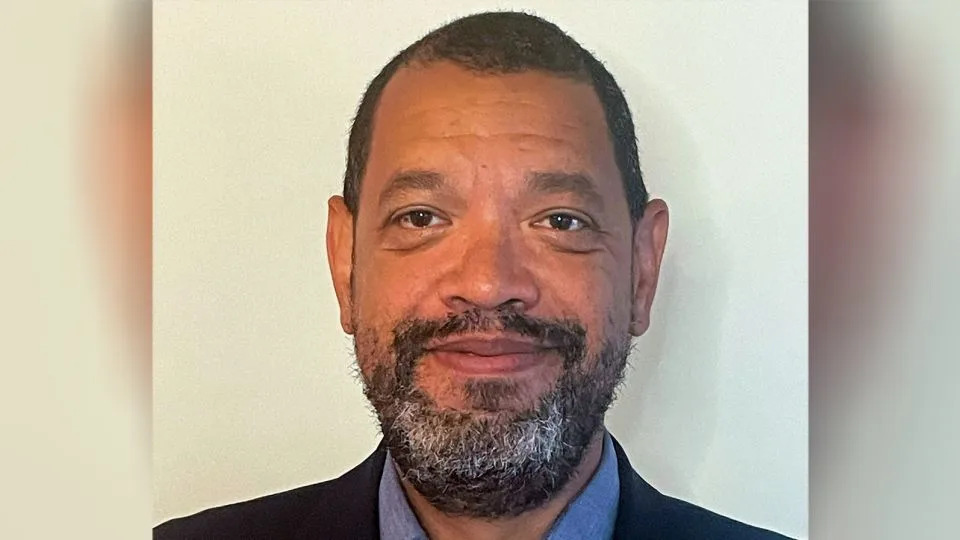CNN – Opinion:
The Sunbelt was the retirement destination of choice. That was before climate change
Deborah Carr, Ian Sue Wing and Giacomo Falchetta – September 1, 2023
Editor’s note: Deborah Carr is a professor of sociology at Boston University and director of its Center of Innovation in Social Science. She is the author of “Aging in America.” Ian Sue Wing is a professor of earth and environment at Boston University specializing in climate change economics and integrated assessment modeling. Giacomo Falchetta is a research scholar with the International Institute for Applied Systems Analysis in Italy. The views expressed in this commentary are their own. Read more opinion at CNN.
Retiree Jeanne Langan Burris, 61, a resident of Naples, Florida, often starts her daily tennis match at 7 a.m. Even at that early hour, however, she says she sometimes finds herself baking on the court in triple-digit temperatures.
The torrid heat is a far cry from Westport, Connecticut, where Burris and her husband raised their three children. It’s even further removed from Buffalo, New York — a city renowned for blizzards and brutally cold temperatures — where she grew up.

Burris still loves life in southwest Florida, where she moved a half-dozen years ago to be nearer her aging parents, but climate change has brought challenges. Naples is said to be one of the US cities most likely to suffer the loss of home and property because of rising sea levels. And because of the intense heat, Burris said, “I change two or three times a day,” she said.

The summer of 2023 continues to punish Naples – and huge swaths of the United States – with furnace-like weather. Triple-digit heat afflicted tens of millions of people across the center of the country this summer and may prove to be a permanent feature of life in the Sunbelt.

July and August, which saw the hottest summer on record in the US, were particularly brutal in the southern and southwestern states. And week upon week of blisteringly hot weather is especially worrisome for older adults, many of whom chose to relocate to Sunbelt regions in search of balmy winter weather – never counting on the dangerously elevated summer heat that has come with climate change.
Visions of ditching the wearying (and potentially dangerous) task of shoveling snow from their driveways have long attracted retirees to places like Florida, Arizona, North Carolina, Texas and South Carolina, which are the most popular retirement magnets. But older adults in the Sunbelt got warmer weather than they bargained for.
The record-breaking heat waves of summer 2023 (not to mention the already established pattern of temperature records tumbling summer after summer in recent years) has made these localities seem like “hell on earth,” in the words of one unhoused resident of Phoenix who found himself at the mercy of the unrelenting heat.
In Phoenix, 110-degree-plus temperatures continued for an astonishing 31 consecutive days. Arizona is not alone: El Paso, Texas, saw 44 consecutive days of triple-digit temperatures, and the heat index in Miami topped 100 degrees for 46 straight days. Many people find respite indoors in air conditioning of course, but part of the appeal of retirement is being able to stroll and do sports out-of-doors – something that this summer’s stifling heat has made all but impossible.
Organizations and professionals who help retirees plan their golden years have begun counseling that they toss out the old retirement playbook and consider retiring in places where the effects of global warming have so far been less pronounced.
We’re not just talking about personal comfort. Extreme heat is miserable for everyone, but can be particularly lethal for older adults. More than half of the two dozen people who died of heat-related causes in Maricopa County, Arizona, this summer were 65 or older. Heat stress is especially harmful to older people, worsening common health conditions like heart, lung and kidney disease, and even triggering delirium. Poor air quality makes it hard to breathe, especially for those who already struggle with shortness of breath. Even temperatures as low as 80 degrees can be dangerous for older people with underlying health problems.
Prescription medications make older people even more sensitive to heat: Anticholinergics — a class of drugs prescribed for gastrointestinal conditions, COPD and other ailments — reduce their capacity to sweat and cool down, while beta-blockers and diuretics can cause dehydration.
Meanwhile, being confined to an air-conditioned apartment for days on end can leave older adults depressed and isolated. High energy bills that go along with the air conditioning that makes life bearable in warmer climates can also be a significant burden for those living on a fixed income. And seniors with limited physical mobility may find it difficult to travel to a public cooling center — if they are lucky enough to have one nearby.
Will heat waves like the summer of 2023 scare away older adults from southern retirement destinations over the long haul? Or will retirees continue to flock to places like Florida and Arizona in the hope that the summer 2023 swelter is a fluke — and prioritize other enticements like recreational amenities and a low cost of living? The jury is still out, but we urge older adults to seriously factor climate issues into their relocation plans. Our research shows that Sunbelt heat extremes — a direct consequence of human-induced climate change — are here to stay.
If older adults continue to migrate to Arizona, Florida and desert regions of California, the dual forces of rising temperatures and aging populations will place unprecedented demands on cities, counties and states to meet older adults’ pressing health needs. That includes investing in conveniently located cooling centers and training first responders to work with adults who may be reluctant to leave their homes during a heat wave or other weather emergency.
One the other heand, should older adults living in cooler locales like New England, the Pacific Northwest and the upper Midwest stay put to avoid the heat extremes of the Sunbelt? Not necessarily. Northern climates may be cooler, but they are actually heating up faster. Chronic exposure of populations to heat, measured by an indicator called person-degree days, will triple nationwide by 2050 — but will increase by five times in the Mid-Atlantic and upper midwestern states like Michigan and Wisconsin, and a factor of six in New England.
Our research focused on heat exposure only, but climate change drives other extreme weather events, such as droughts, wildfires, hurricanes, flooding and intense blizzards. Resources like Climate Mapping for Resilience and Adaptation provides helpful weather-related information on potential retirement destinations.
Retirees also should research whether a potential future home state has a well-developed climate plan that considers older adults’ distinctive needs. Does your ideal destination have heat and/or weather advisory warning systems? Does your dream neighborhood have cooling (or warming) centers close by? Are there urban green spaces like parks that can protect against the urban “heat island” effect? Could you access supports like Low Income Home Energy Assistance Programs for hardening your home against weather extremes?
In the future, city planners and policymakers must prepare to face the twin challenges of climate change impacts and population aging by investing in knowledge, capacity and infrastructure for adaptation.
The climate system’s inertia means that warming is inevitable, with potential effects nationwide. Careful research and planning can help retirees find a home where they can live out their golden years in relative safety and comfort.
